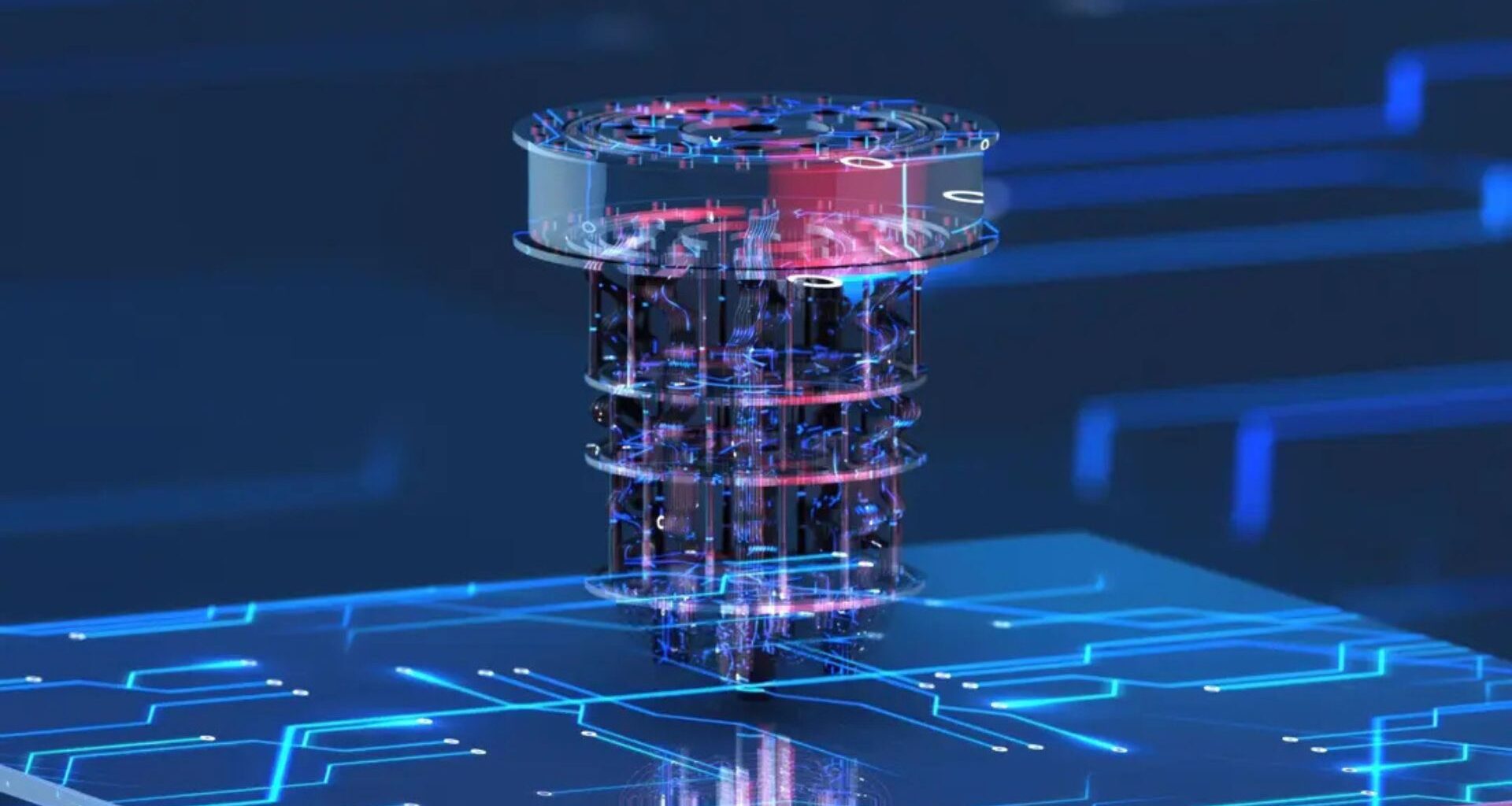Researchers at the Johns Hopkins Applied Physics Laboratory and Johns Hopkins University have reported a major advance in characterizing quantum noise, a barrier that continues to slow progress toward reliable quantum computers.
Their findings offer a clearer way to identify and classify the noise that disrupts quantum algorithms.
Quantum processors face many sources of interference. Temperature shifts, vibration, electrical fluctuations, and atomic-scale effects all disturb fragile quantum states.
Researchers need accurate models to understand how these disturbances change computations.
Gregory Quiroz, a senior physicist at APL, said many current tools fall short. “Today’s models are commonly too simplistic to capture how quantum noise affects computation on real hardware,” he said. “Our work is trying to bridge that gap.”
He noted that some of the most damaging noise spreads across both time and physical space inside a processor. Many existing models only capture isolated events.
Quiroz said that the limitation blocks the development of fault-tolerant error-correcting codes. “Capturing the effects of noise on the system over time and in multiple locations is really important to successfully implementing quantum error-correcting codes fault-tolerantly,” he said.
Symmetry as a Guide
The complexity of quantum systems grows quickly as more qubits come online. That scale makes it difficult to track how disturbances move and interact.
To counter that challenge, Quiroz and William Watkins, a physics graduate student at Johns Hopkins, turned to symmetry, a mathematical property that helps simplify complex structures.
“Symmetry provides structure, which allows us to simplify the problem by bringing in mathematical constructs that make it more tractable in the presence of noise,” Quiroz said.
Watkins applied a technique known as root space decomposition. The method arranges the actions within a quantum system into structured components.
Researchers have used it in other areas of quantum mechanics, but not for noise analysis.
Watkins said the approach reshaped their view of the problem. “It gave us insight into the problem in a mathematically compact and beautiful way, and gave us language to describe the problem,” he said.
He added that the technique formed the foundation of their new framework.
The method allows researchers to represent a quantum system as a ladder, with each rung corresponding to a discrete state.
They then apply noise to see whether the system jumps between rungs. Watkins said this distinction helps identify how to treat each class of disturbance.
“If it causes the system to move from one rung to another, we can apply one technique; if it doesn’t, we apply another.”
Towards Error-Resilient Machines
The new framework gives researchers a clearer view of how noise shapes quantum behavior.
Quiroz said that understanding will improve both hardware design and algorithm development.
“Being able to characterize how noise impacts quantum systems helps us not only design better systems at the physical level but also develop algorithms and software that take quantum noise into account,” he said.
The study is published in the journal Physical Review Letters.

